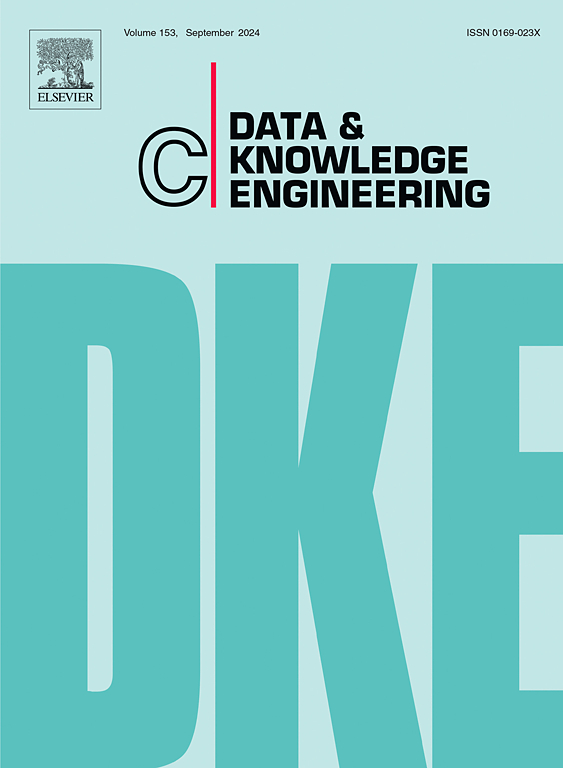Modelling process durations with gamma mixtures for right-censored data: Applications in customer clustering, pattern recognition, drift detection, and rationalisation
IF 2.7
3区 计算机科学
Q3 COMPUTER SCIENCE, ARTIFICIAL INTELLIGENCE
引用次数: 0
Abstract
Customer modelling, particularly concerning length of stay or process duration, is vital for identifying customer patterns and optimising business processes. Recent advancements in computing and database technologies have revolutionised statistics and business process analytics by producing heterogeneous data that reflects diverse customer behaviours. Different models should be employed for distinct customer categories, culminating in an overall mixture model. Furthermore, some customers may remain “alive” at the conclusion of the observation period, meaning their journeys are incomplete, resulting in right-censored (RC) duration data. This combination of heterogeneous and right-censored data introduces complexity to process duration modelling and analysis. This paper presents a general approach to modelling process duration data using a gamma mixture model, where each gamma distribution represents a specific customer pattern. The model is adapted to account for RC data by modifying the likelihood function during model fitting. The paper explores three key application scenarios: (1) offline pattern clustering, which categorises customers who have completed their journeys; (2) online pattern tracking, which monitors and predicts customer behaviours in real-time; and (3) concept drift detection and rationalisation, which identifies shifts in customer patterns and explains their underlying causes. The proposed method has been validated using synthetically generated data and real-world data from a hospital billing process. In all instances, the fitted models effectively represented the data and demonstrated strong performance across the three application scenarios.
用伽马混合对右删节数据建模过程持续时间:在客户聚类、模式识别、漂移检测和合理化中的应用
客户建模,特别是关于停留时间或流程持续时间的建模,对于识别客户模式和优化业务流程至关重要。计算和数据库技术的最新进展通过产生反映不同客户行为的异构数据,彻底改变了统计和业务流程分析。应该为不同的客户类别使用不同的模型,最终形成一个整体混合模型。此外,一些客户可能在观察期结束时仍然“活着”,这意味着他们的旅程是不完整的,从而导致持续时间数据的正确审查(RC)。这种异构和正确审查数据的组合给过程持续时间建模和分析带来了复杂性。本文介绍了使用gamma混合模型对过程持续时间数据建模的一般方法,其中每个gamma分布代表一个特定的客户模式。通过在模型拟合过程中修改似然函数,使模型适应于RC数据。本文探讨了三种关键应用场景:(1)线下模式聚类,对已完成旅程的客户进行分类;(2)在线模式跟踪,实时监控和预测客户行为;(3)概念漂移检测和合理化,识别客户模式的变化并解释其潜在原因。所提出的方法已经使用综合生成的数据和来自医院计费过程的真实数据进行了验证。在所有实例中,拟合模型都有效地表示了数据,并在三个应用场景中展示了强大的性能。
本文章由计算机程序翻译,如有差异,请以英文原文为准。
求助全文
约1分钟内获得全文
求助全文
来源期刊

Data & Knowledge Engineering
工程技术-计算机:人工智能
CiteScore
5.00
自引率
0.00%
发文量
66
审稿时长
6 months
期刊介绍:
Data & Knowledge Engineering (DKE) stimulates the exchange of ideas and interaction between these two related fields of interest. DKE reaches a world-wide audience of researchers, designers, managers and users. The major aim of the journal is to identify, investigate and analyze the underlying principles in the design and effective use of these systems.
 求助内容:
求助内容: 应助结果提醒方式:
应助结果提醒方式:


